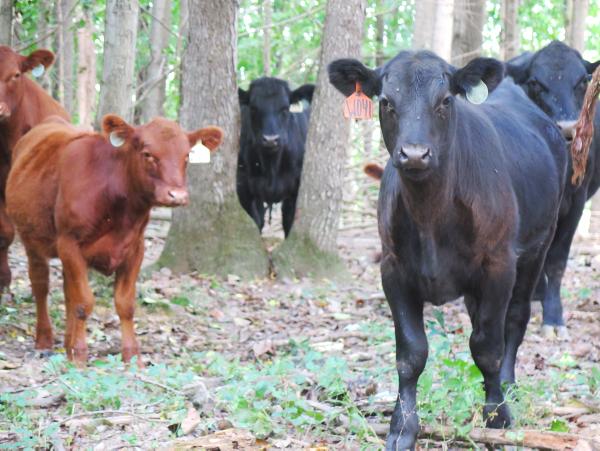Ireland is set to export beef to the lucrative and coveted US market after a 15 year hiatus. While the volumes are expected to be small at first, it could still be worth in the region of €100m to the sector.
No exact date has been given for when consignments of beef will be sent across the Atlantic but our grass-fed beef will be marketed as a premium product in time. In the first instance, Irish beef is expected to be used in the manufacturing sector before making it on to retail shelves.
Grass-fed beef, or green beef as it is called in America, receives a higher price. Just 3% of beef on sale in America is grass-fed.
What is the make-up of the market?
The US beef market is broken down into two sectors; food service (manufacturing) and retail. In total, the US beef market is 11m tonnes split approximately 60% - 40% between food service and retail.
In terms of imports, the US takes in 1m tonnes of beef per year with 70% of that made up of manufacturing beef. Australia, Canada and New Zealand are the main markets from which the US sources its imported beef from.
Consumption
The average person in America consumes 57.2lbs (25.9kg) of beef per year which is down 13% in the last number of years. The drop in consumption has been attributed to the growth in poultry and pig meat consumption as a result of the economic difficulties. Pork and poultry are cheaper protein alternatives to beef.
Demand
With the US economy in recovery and the American beef herd at its lowest since the 1930s as a result of drought in many states, there is expected to be a huge demand for imported beef.
Grass-fed beef is a clear advantage for Ireland competing in the US market.
Whether it is rib eye, fillet or strip, grass fed cuts receive a much higher price. According to Bord Bia, a grass fed cut of rib eye receives on average $23.97/lb (€44.28/kg) whereas the corn-fed equivalent averages $12.24/lb (€22.62/kg).
Irish beef secures access to lucrative US market
Return to US a defining moment for the Irish beef industry
Ireland is set to export beef to the lucrative and coveted US market after a 15 year hiatus. While the volumes are expected to be small at first, it could still be worth in the region of €100m to the sector.
No exact date has been given for when consignments of beef will be sent across the Atlantic but our grass-fed beef will be marketed as a premium product in time. In the first instance, Irish beef is expected to be used in the manufacturing sector before making it on to retail shelves.
Grass-fed beef, or green beef as it is called in America, receives a higher price. Just 3% of beef on sale in America is grass-fed.
What is the make-up of the market?
The US beef market is broken down into two sectors; food service (manufacturing) and retail. In total, the US beef market is 11m tonnes split approximately 60% - 40% between food service and retail.
In terms of imports, the US takes in 1m tonnes of beef per year with 70% of that made up of manufacturing beef. Australia, Canada and New Zealand are the main markets from which the US sources its imported beef from.
Consumption
The average person in America consumes 57.2lbs (25.9kg) of beef per year which is down 13% in the last number of years. The drop in consumption has been attributed to the growth in poultry and pig meat consumption as a result of the economic difficulties. Pork and poultry are cheaper protein alternatives to beef.
Demand
With the US economy in recovery and the American beef herd at its lowest since the 1930s as a result of drought in many states, there is expected to be a huge demand for imported beef.
Grass-fed beef is a clear advantage for Ireland competing in the US market.
Whether it is rib eye, fillet or strip, grass fed cuts receive a much higher price. According to Bord Bia, a grass fed cut of rib eye receives on average $23.97/lb (€44.28/kg) whereas the corn-fed equivalent averages $12.24/lb (€22.62/kg).
Irish beef secures access to lucrative US market
Return to US a defining moment for the Irish beef industry






 This is a subscriber-only article
This is a subscriber-only article










SHARING OPTIONS: